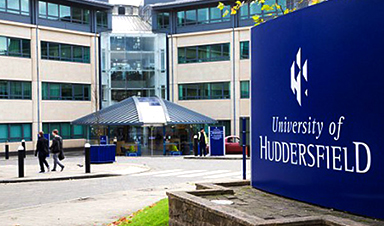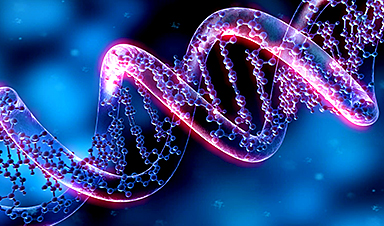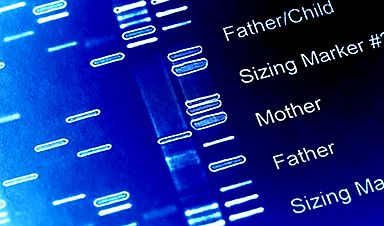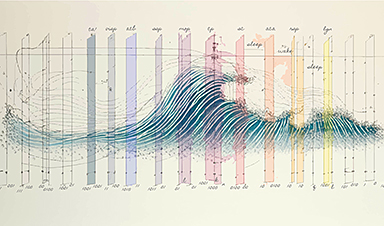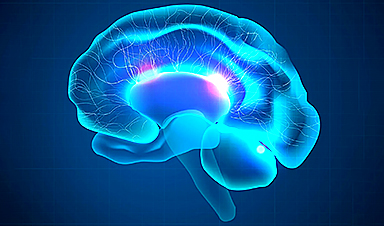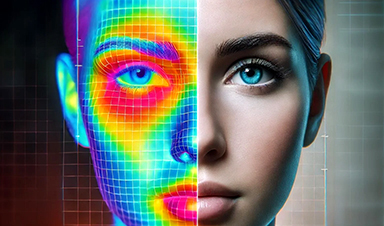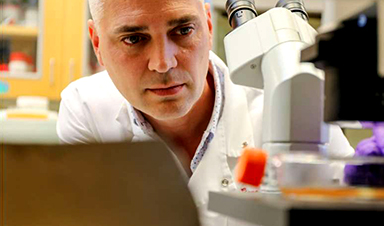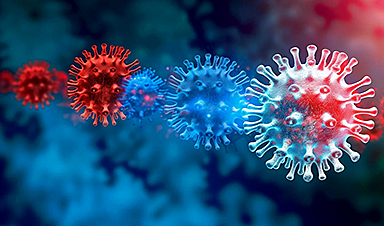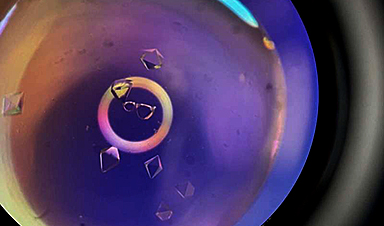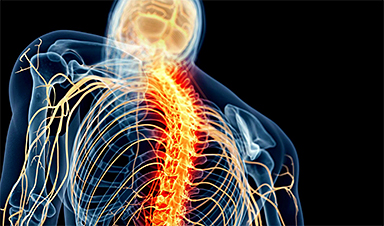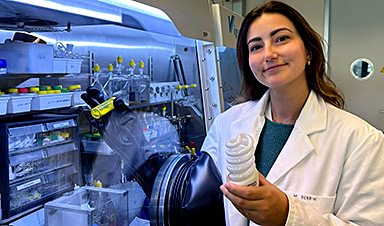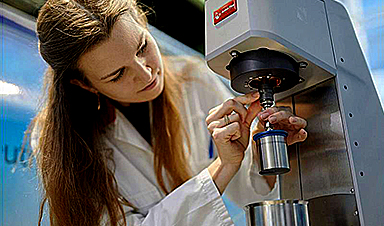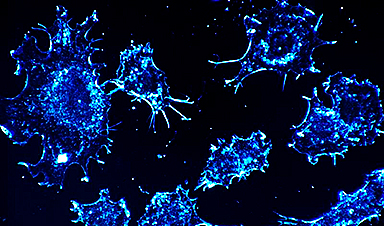A team of scientists at the University of Huddersfield has discovered chemical systems that self-assemble into molecular capsules which are highly toxic towards human cancer cells of a range of different tumour types, and which have demonstrated unprecedented cancer selectivity in the laboratory that, in some cases, are many thousands of times more toxic to the cancer cells compared to healthy, normal cells
ONE of the most challenging aspects of cancer treatment is the huge variety of different tumours that can occur with each one potentially requiring a different solution because unfortunately, one drug does NOT fit all. In addition, another major issue of many current drugs is their poor selectivity towards cancers resulting in problems such as normal tissue toxicity, severe side effects and the development of drug resistance.
Now, a team of scientists at the University of Huddersfield is researching how to combat these challenges by using “self-assembled” drugs and although the research is in its very early stages, they’ve already had a breakthrough.
The science behind self-assembly
Self-assembly is the ability to instruct chemical systems with specific information so in the correct environment they will spontaneously generate biologically active compounds. Using this process many different compounds can be rapidly and easily formed with each different self-assembled drug having different chemotherapy properties.
“In the future, it may be possible to target many cancers through this approach with the correct drug ‘self-assembled’ in such a manner to be selective for a specific cancer.”
Professor Craig Rice
In an article published by the journal Nature Communications, the University’s Professor Roger Phillips, Dr Simon Allison and Professor Craig Rice demonstrate chemical systems that self-assemble into molecular capsules which are highly toxic towards human cancer cells of a range of different tumour types.
More importantly, they show unprecedented cancer selectivity in the laboratory that, in some cases, are many thousands of times more toxic to the cancer cells compared to healthy, normal cells.
Cancer therapy without severe side-effects
Eventually, if similar results are obtained in more complex testing systems including in patients, and once considered safe after careful testing, it could offer the possibility of being able to treat cancers without the severe side effects commonly associated with chemotherapy drugs.
“Anti-cancer drug discovery and development can be enormously time consuming and expensive with a particular drug only being effective against a relatively small number of cancers with specific shared properties,” explained Professor Rice who heads the University’s Department of Chemical Sciences and is also the Director of the Structural, Molecular and Dynamic Modelling Centre within the School of Applied Sciences.
“In the future, it may be possible to target many cancers through this approach with the correct drug ‘self-assembled’ in such a manner to be selective for a specific cancer,” said Professor Rice.
Targeting hard-to-treat cancers
The research could also pave the way in targeting hard-to-treat cancers for which commonly used chemotherapy drugs have little or no effect.
The published studies show the new potential drug can be assembled with either zinc, copper, or manganese, with the three metal ions imparting significantly different chemotherapeutic properties via different mechanisms dependent upon which metal ion is used.
“It is this which allows the generation of different chemical systems each of which may have specificity for different cancers,” he said.

Two different compounds (pictured above) were generated using zinc (left) and manganese (right). Whilst these two compounds ‘look’ very similar the zinc compound demonstrated excellent anti-cancer activity and selectivity towards a range of cancers in the laboratory whereas the manganese compound was comparatively much more toxic, meaning there was more anti-cancer activity at a lower concentration, with similar selectivity compared to current drugs tested.
Future studies will test if this may be useful for cancers for which effective treatments are not currently available.
Professor Rice added that these studies represent the very early days of drug discovery and whilst the initial results have been very promising, there will be many obstacles to overcome before the full clinical potential of this new discovery is realised.
News
The Silent Battle Within: How Your Organs Choose Between Mom and Dad’s Genes
Research reveals that selective expression of maternal or paternal X chromosomes varies by organ, driven by cellular competition. A new study published today (July 26) in Nature Genetics by the Lymphoid Development Group at the MRC [...]
Study identifies genes increasing risk of severe COVID-19
Whether or not a person becomes seriously ill with COVID-19 depends, among other things, on genetic factors. With this in mind, researchers from the University Hospital Bonn (UKB) and the University of Bonn, in [...]
Small regions of the brain can take micro-naps while the rest of the brain is awake and vice versa
Sleep and wake: They're totally distinct states of being that define the boundaries of our daily lives. For years, scientists have measured the difference between these instinctual brain processes by observing brain waves, with [...]
Redefining Consciousness: Small Regions of the Brain Can Take Micro-Naps While the Rest of the Brain Is Awake
The study broadly reveals how fast brain waves, previously overlooked, establish fundamental patterns of sleep and wakefulness. Scientists have developed a new method to analyze sleep and wake states by detecting ultra-fast neuronal activity [...]
AI Reveals Health Secrets Through Facial Temperature Mapping
Researchers have found that different facial temperatures correlate with chronic illnesses like diabetes and high blood pressure, and these can be detected using AI with thermal cameras. They highlight the potential of this technology [...]
Breakthrough in aging research: Blocking IL-11 extends lifespan and improves health in mice
In a recent study published in the journal Nature, a team of researchers used murine models and various pharmacological and genetic approaches to examine whether pro-inflammatory signaling involving interleukin (IL)-11, which activates signaling molecules such [...]
Promise for a universal influenza vaccine: Scientists validate theory using 1918 flu virus
New research led by Oregon Health & Science University reveals a promising approach to developing a universal influenza vaccine—a so-called "one and done" vaccine that confers lifetime immunity against an evolving virus. The study, [...]
New Projects Aim To Pioneer the Future of Neuroscience
One study will investigate the alterations in brain activity at the cellular level caused by psilocybin, the psychoactive substance found in “magic mushrooms.” How do neurons respond to the effects of magic mushrooms? What [...]
Decoding the Decline: Scientific Insights Into Long COVID’s Retreat
Research indicates a significant reduction in long COVID risk, largely due to vaccination and the virus’s evolution. The study analyzes data from over 441,000 veterans, showing lower rates of long COVID among vaccinated individuals compared [...]
Silicon Transformed: A Breakthrough in Laser Nanofabrication
A new method enables precise nanofabrication inside silicon using spatial light modulation and laser pulses, creating advanced nanostructures for potential use in electronics and photonics. Silicon, the cornerstone of modern electronics, photovoltaics, and photonics, [...]
Caught in the actinium: New research could help design better cancer treatments
The element actinium was first discovered at the turn of the 20th century, but even now, nearly 125 years later, researchers still don't have a good grasp on the metal's chemistry. That's because actinium [...]
Innovative Light-Controlled Drugs Could Revolutionize Neuropathic Pain Treatment
A team of researchers from the Institute for Bioengineering of Catalonia (IBEC) has developed light-activated derivatives of the anti-epileptic drug carbamazepine to treat neuropathic pain. Light can be harnessed to target drugs to specific [...]
Green Gold: Turning E-Waste Into a Treasure Trove of Rare Earth Metals
Scientists are developing a process inspired by nature that efficiently recovers europium from old fluorescent lamps. The approach could lead to the long-awaited recycling of rare earth metals. A small molecule that naturally serves [...]
Cambridge Study: AI Chatbots Have an “Empathy Gap,” and It Could Be Dangerous
A new study suggests a framework for “Child Safe AI” in response to recent incidents showing that many children perceive chatbots as quasi-human and reliable. A study has indicated that AI chatbots often exhibit [...]
Nanoparticle-based delivery system could offer treatment for diabetics with rare insulin allergy
Up to 3% of people with diabetes have an allergic reaction to insulin. A team at Forschungszentrum Jülich has now studied a method that could be used to deliver the active substance into the [...]
Nanorobot kills cancer cells in mice with hidden weapon
Researchers at Karolinska Institutet in Sweden have developed nanorobots that kill cancer cells in mice. The robot's weapon is hidden in a nanostructure and is exposed only in the tumor microenvironment, sparing healthy cells. [...]
